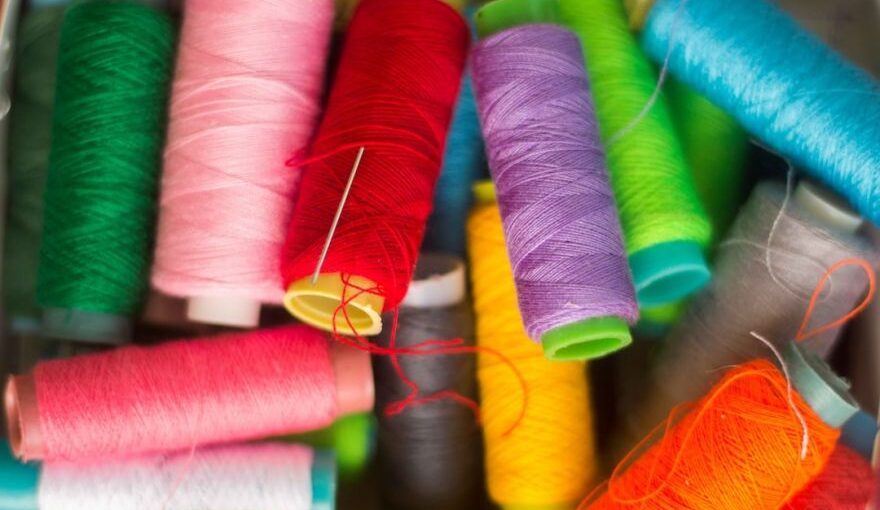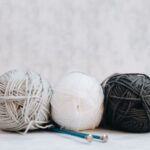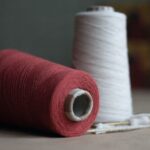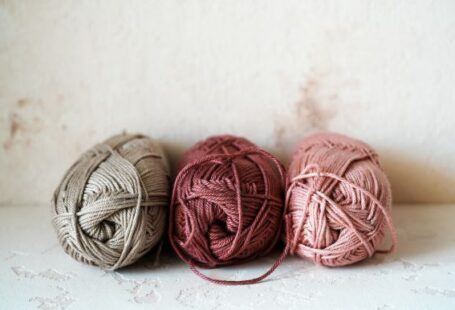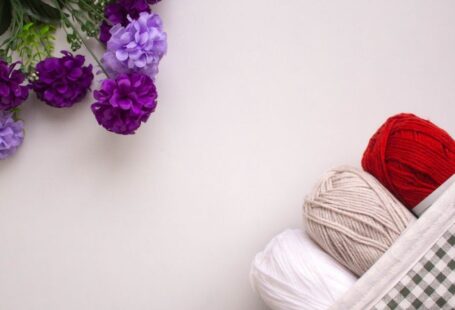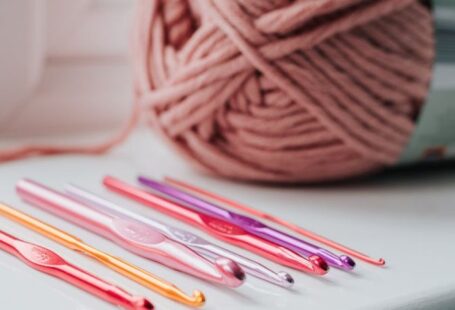When it comes to yarn crafts, having the right tools is essential for a successful and enjoyable project. One tool that often gets overlooked but is crucial for many yarn crafts is the tapestry needle. Choosing the right tapestry needle can make a world of difference in the ease and quality of your work. In this article, we will explore the factors to consider when selecting a tapestry needle for your yarn craft.
Understanding Tapestry Needles
First, let’s take a moment to understand what a tapestry needle is. A tapestry needle, also known as a yarn needle or a darning needle, is a large-eyed needle with a blunt tip. It is specifically designed for working with yarn and is commonly used in sewing, knitting, crochet, and other needlework crafts. The large eye allows you to easily thread your yarn through, and the blunt tip prevents it from splitting or catching on the fibers.
Consider the Yarn Weight
One important factor to consider when choosing a tapestry needle is the weight of the yarn you will be working with. Yarn comes in various weights, from super fine to super bulky, and each weight requires a different size of tapestry needle. Generally, the thicker the yarn, the larger the needle size needed. Using a needle that is too small for your yarn can result in difficulty threading the yarn or even damaging the fibers, while using a needle that is too large may leave visible holes in your work.
Match the Needle Size to the Yarn
To ensure a proper match between your tapestry needle and yarn, refer to the yarn label for recommended needle sizes. Most yarn labels will provide a range of needle sizes that work well with the yarn. Choose a tapestry needle that falls within this range. If the label does not provide a needle size, you can use the general rule of thumb that a needle size should be approximately two sizes larger than the size of your knitting needles or crochet hook.
Consider the Needle Material
Another aspect to consider when choosing a tapestry needle is the material it is made of. Tapestry needles are commonly made from various materials, including metal, plastic, and wood. Each material has its own advantages and disadvantages. Metal needles are durable and glide smoothly through the yarn but can be heavy. Plastic needles are lightweight and affordable but may not be as durable. Wood needles provide a warm and comfortable grip but can be more prone to breakage. Consider your personal preferences and the specific needs of your project when selecting the needle material.
Ease of Use
Lastly, consider the ease of use of the tapestry needle. Look for a needle with a comfortable grip, as you will be using it for extended periods. Needles with a large eye make it easier to thread the yarn, especially for those with visual impairments or arthritis. Additionally, some tapestry needles come with a bent tip, which can be helpful for weaving in ends or working on projects with tight stitches.
In conclusion, choosing the right tapestry needle for your yarn craft is essential for a successful and enjoyable project. Consider the weight of your yarn, match the needle size to the yarn, choose the appropriate needle material, and prioritize ease of use. By taking these factors into account, you can ensure that your tapestry needle enhances your yarn craft experience and helps you create beautiful and professional-looking projects.
